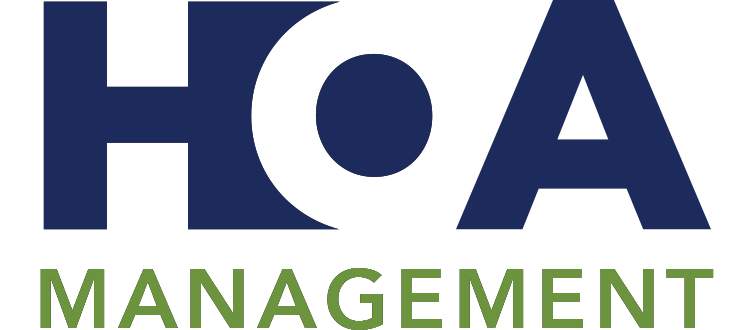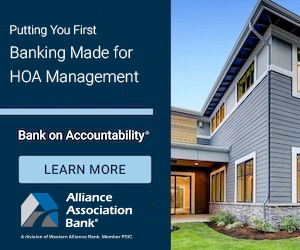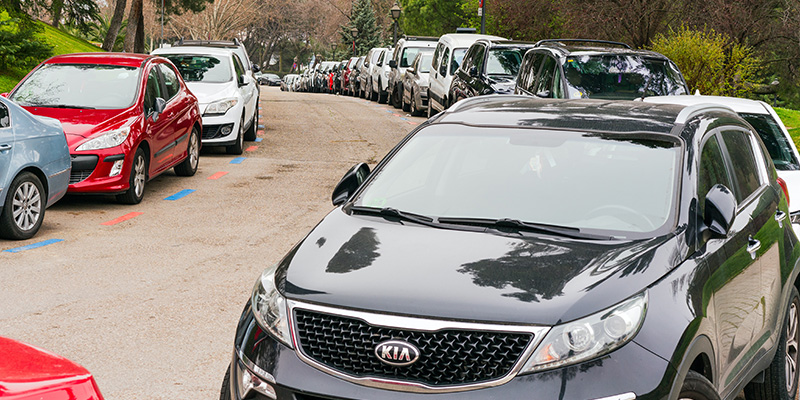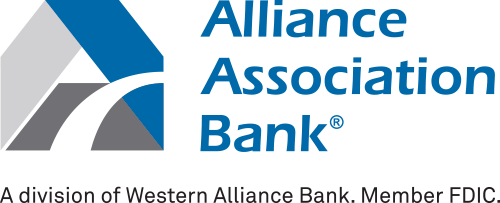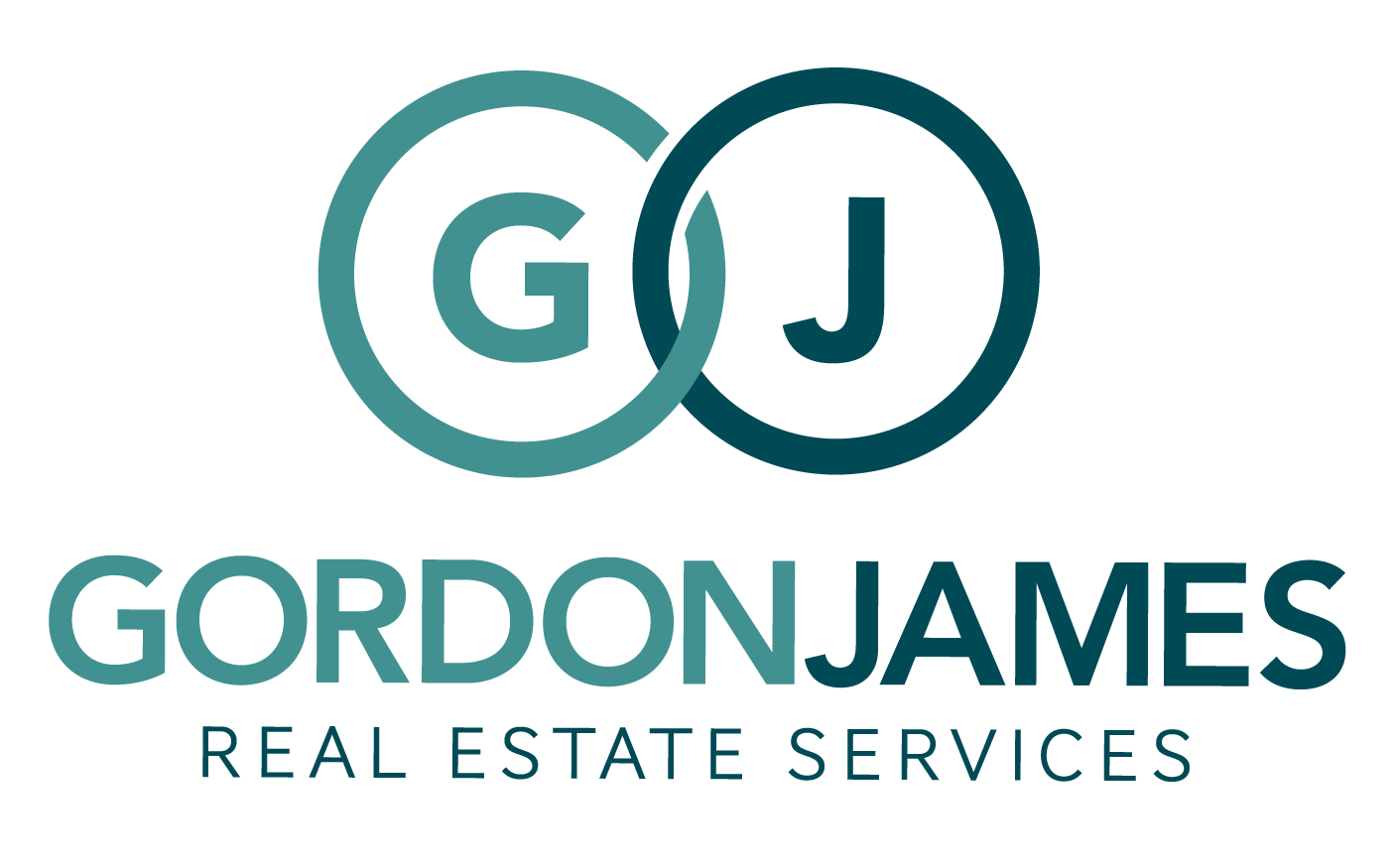The Ultimate Guide To Creating A Reliable HOA Budget

For HOA board members, creating a budget can feel like navigating a financial maze. But with the right strategy, your board can craft a reliable HOA budget plan that supports both everyday operations and long-term community goals.
Browse By Category
Sign up for Our Newsletter
For HOA board members, creating a budget can feel like navigating a financial maze. But with the right strategy, your board can craft a reliable HOA budget plan that supports both everyday operations and long-term community goals.
Why a Strong HOA Budget Matters
Your HOA budget serves as a roadmap for your community’s financial health. A clear, well-researched budget ensures you can:
- Pay for everyday operating costs like maintenance, landscaping, and utilities
- Prepare for unexpected repairs and legal issues
- Fund your reserve account for large future projects
- Keep HOA assessments fair and transparent
- Maintain (or even increase) property values within the community
If your HOA doesn’t have a carefully crafted budget, your community may have to face serious consequences. Some common issues that may arise include funding shortfalls, emergency special assessments, or disputes with homeowners. That’s why budgeting is one of the most important responsibilities your board takes on each year.
Key Components of a Reliable HOA Budget
To create a balanced and effective HOA budget, it’s important to understand its core components.
1. Income Sources
Most associations rely on monthly dues from homeowners as their main source of income. Although there are other possible revenue streams to consider, including:
- Rental fees for clubhouse or amenity use
- Fines collected from rule violations
- Interest or investment income
- Vendor rebates or shared services revenue
When estimating your HOA’s income, you need to be conservative with your projections. This becomes more essential if your community has a history of delinquent payments. If more than 5% of assessments typically go unpaid, build in a buffer by budgeting for bad debt.
2. Operating Expenses
These are the day-to-day costs of running your community. Common line items include:
- Administrative costs: Office supplies, postage, software, accounting, and legal services
- Maintenance and repairs: Landscaping, janitorial work, pest control, HVAC, pool servicing
- Utilities: Water, gas, electricity, trash pickup
- Insurance: General liability, directors and officers (D&O) coverage, property insurance
- Staff wages or contractor fees: If your community employs on-site personnel
Be sure to review past expenditures to see where costs may have risen and where you might be able to save.
3. Reserve Fund Contributions

The reserve fund is your community’s safety net. It covers long-term repairs and capital improvements, like roof replacements, repaving roads, or replacing outdated equipment. Most professionals and industry experts advise communities to set aside enough to keep their reserve fund at least 70% funded based on a formal reserve study. Of course, being 100% funded is the ideal.
A common benchmark is to set aside at least 20% of your annual income toward reserves. However, this figure may differ based on the age of and the infrastructure in your community.
How to Create a Reliable HOA Budget
Coming up with a good HOA budget plan doesn’t happen overnight. To build one, you need a well-thought-out approach to ensure that nothing is overlooked.
Here are some steps you can follow:
Step 1: Review the Current Financial Picture
First off, you need a deep dive into your community’s finances. Check your current balance sheet, profit and loss statements, and cash flow trends. This helps create clear picture of where your community stands, in terms of financials.
Ask questions like:
- Are we overspending in any areas?
- Did we meet our income goals last year?
- Were there any unexpected expenses we didn’t account for?
- How is our reserve fund looking?
Your answers should influence the decisions your HOA makes for the year ahead.
Step 2: Estimate Income and Expenses for the Coming Year
Use historical data and current contracts to build out the next year’s income and expense projections. Don’t forget to:
- Adjust for inflation and rising costs
- Consider any new contracts, projects, or changes to service providers
- Estimate income from all possible sources (assessments, fines, rentals, etc.)
- Account for bad debt based on your past delinquency rates
Being realistic is key, and underestimating costs or overestimating income is one of the quickest ways to land in financial trouble.
Step 3: Plan for Reserves and Emergencies
Your reserve contributions should be based on a current reserve study. If you haven’t had one done in the last few years, now is a great time to get that updated. Once you know what’s needed, budget a consistent amount to be deposited each month or quarter.
In addition to reserves, set aside contingency funds for operational emergencies—things like a sudden legal issue or an emergency repair. Many boards allocate 10-20% of their yearly dues to contingency funds to prevent the need for special assessments.
Step 4: Involve the Community
Once your preliminary budget is drafted, communicate with homeowners. Transparency builds trust and reduces the chance of disputes later on.
Consider holding an open budget workshop where residents can:
- Ask questions
- Share feedback
- Understand how and why certain financial decisions are being made
When homeowners feel informed, they’re more likely to support necessary increases in assessments or changes in spending.
Step 5: Finalize and Monitor

After considering feedback and making final adjustments, formally approve the budget during a board meeting. Be sure to:
- Distribute the approved budget to all members
- Explain any assessment increases
- Provide a breakdown of major line items
Once the budget is in place, your work isn’t done. Schedule regular financial reviews, both monthly and quarterly ones, to track your progress, adjust for unexpected issues, and ensure the budget stays on course.
Avoiding Common Budgeting Mistakes
Even well-intentioned boards can run into trouble if they overlook key details. Here are a few of the most common pitfalls and how to avoid them:
- Underestimating Expenses: Don’t assume past costs will stay flat. Always budget for inflation, vendor rate increases, and emergency costs.
- Neglecting Delinquent Accounts: If your association has a history of unpaid dues, make sure to include a bad debt allowance in your income estimates.
- Failing to Fund Reserves: Skipping reserve contributions to make the current budget work is a short-term solution that creates long-term risk.
- Lack of Transparency: Budget surprises can lead to homeowner frustration and legal challenges. Keep your community informed every step of the way.
Tips for HOA Budgeting
Smart budgeting helps your HOA stay financially healthy and prepared for the future. Keep these tips in mind when building your next budget:
- Start with a detailed review. Go over several years of financial records to spot patterns and identify where costs may rise or fall.
- Consult key vendors. Get updated estimates from landscapers, maintenance crews, and other service providers so your budget reflects current market rates.
- Leverage HOA management software. Tools designed for HOA finances can track spending, generate reports, and help forecast future needs, giving the board a clearer financial picture.
- Include reserves for the unexpected. Allocate funds for unforeseen expenses like emergency repairs or legal matters, so the community isn’t caught off guard.
- Keep homeowners informed. Share budget drafts with the community and encourage feedback to ensure priorities align with resident expectations.
Smart Budgeting Builds Stronger Communities
A strong and reliable HOA budget protects your community today and prepares it for tomorrow. With the right process, planning, and communication, your board can build a financial plan that serves residents and supports long-term stability.
Need help along the way? A trusted HOA management partner can make budgeting easier and more effective for your board. Check out our directory for the best HOA management companies that you can find.
Related Articles:
- How To Plan For Your HOA Budget
- HOA Budget Best Practices Every Board Member Should Know
- A Comprehensive Guide To HOA Loans
Trending Now
Related Article
Sign up for Our Monthly Newsletter
Sign up below for monthly updates on all HOA Resource

